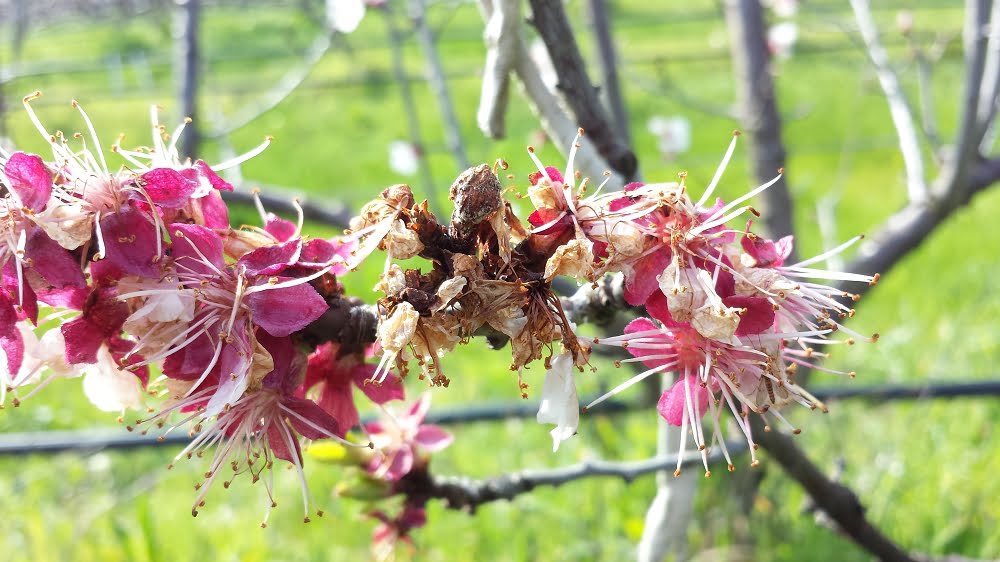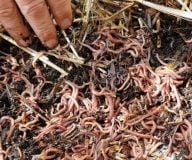
You can tell from the many common names for this plant — burrweed, catchweed, goosegrass, stickywilly, Velcro plant, gripgrass and everlasting friendship — that it’s very sticky! The stems are covered by small backward pointing hooklike hairs […]

The grafting method you choose depends on the size of the rootstock tree you’re grafting onto. This article looks at cleft grafting, which is perfect for larger rootstocks, or when you have a mismatch between the size of your rootstock, and th […]

Codling moth is one of the more persistent and destructive pests of apple trees. This article dives into a range of pro-techniques for preventing and managing them. Read the article in Autumn – week 6.

Establishing healthy fruit trees, and learning how to grow fruit successfully, doesn’t happen overnight. Because we’re dealing with slow-growing, perennial plants, it can take years to get your fruit trees to be really productive, particularly […]

Because there’s no shortage of cumquats in winter, we thought we’d share an oldie but a goodie – cumquat marmalade, with the added bonus of Our Special Tip for Easy Cumquat Preparation! Read article in: Winter week 10

This activity guides you to build a picture of blossom blight conditions at your place, and develop a plan to prevent it. Find the activity in Spring – Week 2.

Codling moth is one of the most pervasive and destructive pests of apples and pears. The keys to control are (i) knowing its life cycle and whether it’s likely to be a problem in your district, (ii) monitoring, and (iii) having a treatment pla […]

Aphids are one of the most common pests of fruit trees, and one of the easiest to control, but it pays to have a plan in place. Fill in the table in the interactive PDF to build a picture of whether you have an aphid problem at your p;ace, and […]

Nutrient deficiencies can be hard to diagnose, but symptoms generally follow recognisable patterns. Luckily, the solution to almost all nutrition problems is the same – build healthy soil. Read the article in Summer – Week 1

While we limit the use of fungicides as much as possible, spraying organic fungicides in spring can make the difference between getting fruit or not getting fruit. Read article in: Winter Week 9




